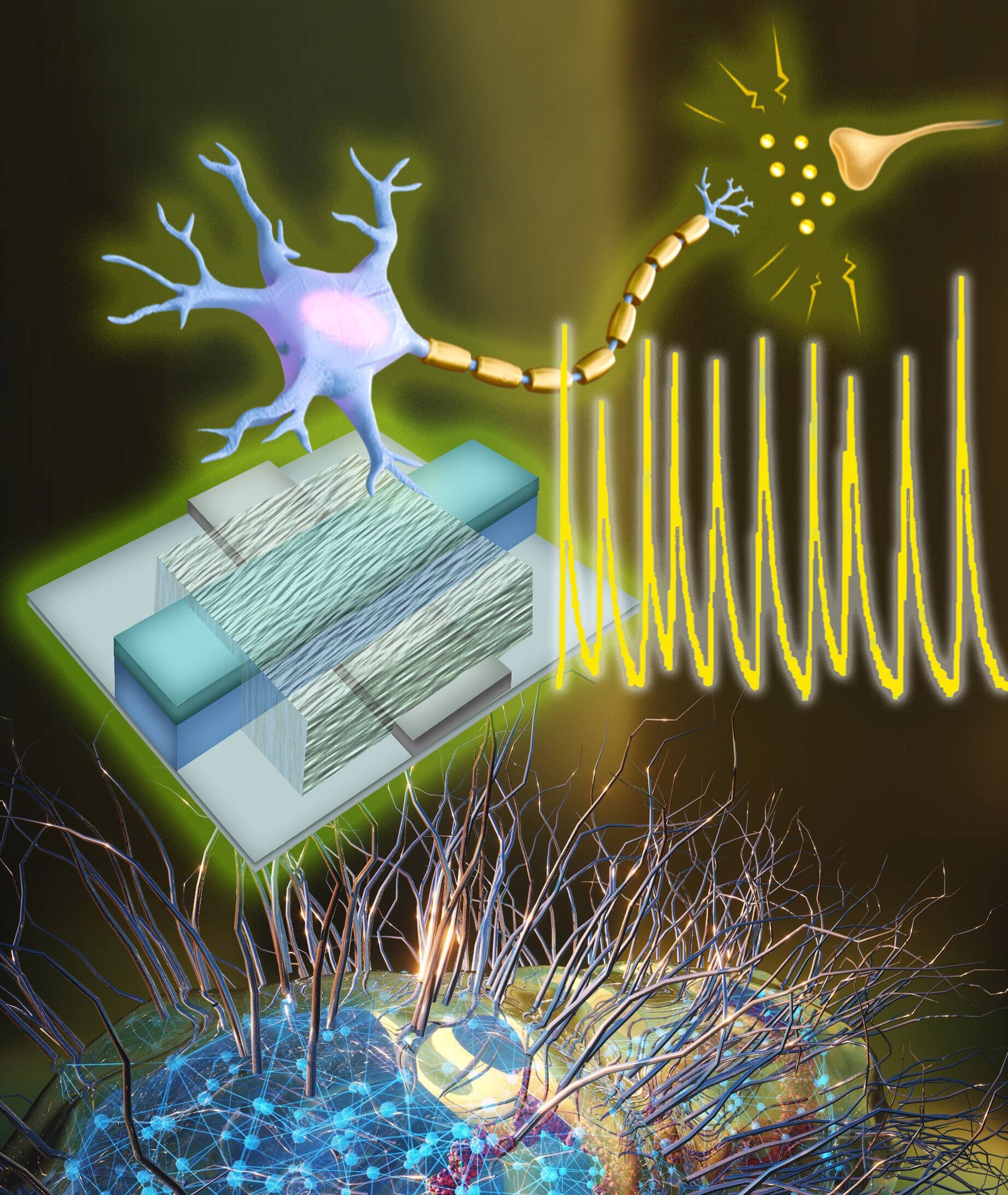
"The UMass Amherst artificial neuron works at power levels associated with biological neurons - it operates at 0.1 volts, which is about 10 times less voltage than prior artificial neurons and about 100 times less power, according to the UMass Amherst news service. It also matches the parameters of biological neurons in terms of signal amplitude, spiking energy, temporal features (neuronal firing patterns), and frequency response - characteristics that simplify communication."
"Reducing the electrical inefficiency of semiconductors compared to the human brain has been a longstanding goal for computer scientists. At the Stanford Institute for Human-Centered Artificial Intelligence (HAI) conference last year, Surya Ganguli, an associate professor of applied physics at Stanford, emphasized the need "to rethink the entire technology stack from electrons to algorithms in order to really go from megawatts to watts.""
An artificial neuron operates at 0.1 volts, about ten times lower voltage and about 100 times less power than prior artificial neurons. The device matches biological neurons in signal amplitude, spiking energy, temporal firing patterns, and frequency response, enabling compatible electrical signaling. The artificial neuron can connect with biological cells to process and transmit signals using similar power and timing characteristics. Lowering electrical inefficiency of semiconductors relative to the brain supports development of energy-efficient bioelectronic devices and neural interfaces, potentially accelerating practical integration of electronics with neural tissue.
Read at Theregister
Unable to calculate read time
Collection
[
|
...
]